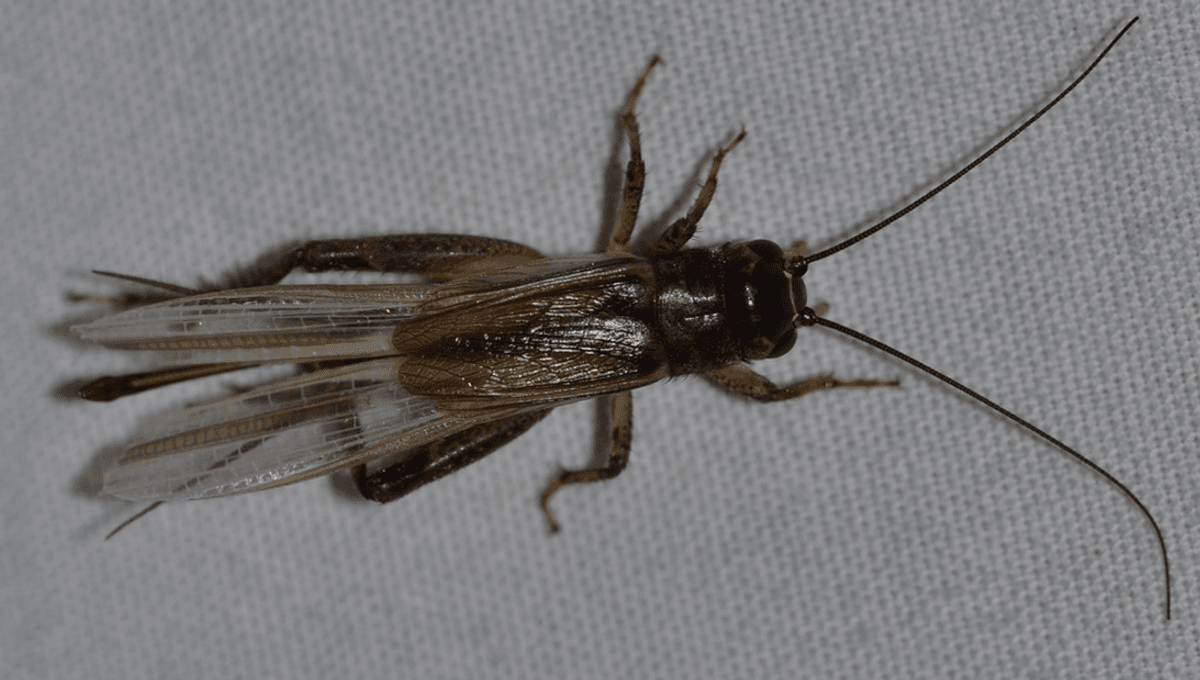Male Hawaiian field crickets typically sing to attract a mate. However, some of these males have evolved a genetic mutation, which means they fall silent, unable to chirp, known as flatwing. While this might seem sad, this genetic mutation actually protects them from a parasitoid fly, their deadly enemy that can find a cricket by its chirps. While this is well studied in males, researchers wanted to look at how the lack of song and genetics might impact female crickets' social behavior, with some surprising results.
Hawaiian field crickets (Teleogryllus oceanicus) are well studied, especially when it comes to male-male and male-female social interactions. However, much less attention has been paid to female-female social interactions in insects – and in the wider world of animal research. The team designed an experiment to see how female-female interactions vary, both in the presence of male song and silence, and also with different genotypes of the females. The team tested female pairs that either had the same genotype or were mismatched under either male song conditions or silence. Each experimental trial lasted 10 minutes after the second cricket was added. Either the male song was played in the background to mimic the social context in which female crickets would typically interact with each other, or the trials were carried out with no song playing. A total of 167 trials were carried out, and each trial was filmed so that the behavior could be analyzed. The team looked at which behaviors were expressed, how many times they were expressed, and in the case of antenna contact between females, how long this specific behavior lasted. They found that antenna contact was the most common behavior and frequently was just investigative between the two females, not leading to any aggression. This behavior was also more likely to happen in the trials where the background song of male chirps was played. The presence of male song also affected the antenna contact duration, as this was longer when the male song was played compared to the trials in silence. Biting was also found to occur more often in the presence of male song, and often occurred during or after antenna contact. Typically, males bite each other on the heads, while females were seen to bite on the legs or abdomens of other individuals. Only 27 out of 334 crickets attempted to fly away during the interactions, and this occurred more in the silent trials. The team reported that a very small proportion of the trials led to female-female sexual behavior in the crickets, with two observations of mounting and one observation of mounting acceptance across all of the trials. This represents the first known instance of same-sex female sexual behavior in crickets. “In summary, females explore each other frequently, and the expression of this behaviour is dependent on their own genetic identity, that of their interacting partner, and acoustic signals present in the social environment,” explain the authors in the paper. “The results of this study urge that future research pays due attention to any sex that may be understudied in a given system.” The paper is published in Proceedings Of The Royal Society B.





